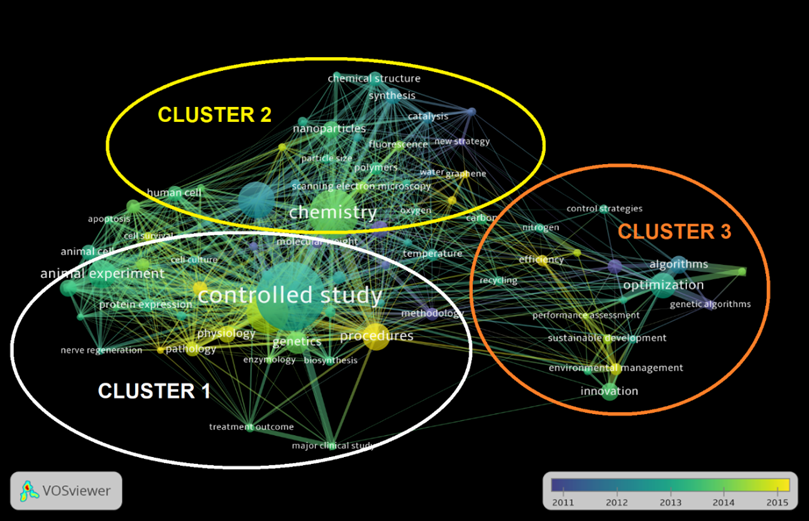Author: Release date:2020-03-24 20:23:59Source:发展研究院英文
Human knowledge grew on the shoulders of giants. Now, it seems to be soaring on a dragon’s back. China is the world leader in scientific production. Almost one out of four research articles of the total world output in 2016 had the involvement of a Chinese institution. It is one of the results of investing more than USD$400 billion in Research and Development activities.
What amount of that research is related to innovation for sustainable development?It is not trivial guessing. There is a mention of innovation or technology in ten out of 17 Sustainable Development Goals (SDGs), the modern pillars of the global development agenda. I and colleagues at the National University of Ireland and the University of Queensland analyzed thousands of research articles to address that and other questions.
In a nutshell, we found that China is setting the research agenda on innovation for sustainability through overall knowledge production in developing countries. National priorities are following the pathways of SDGs related to health and wellbeing, clean water and sanitation, and affordable and clean energy.
In detail, first,we determined the amount of research output.China published more thanseven thousandresearch documents between 1996 and 2018.
Second, we identified the most productive institutions.Leading institutions are theMinistry of Education, the Chinese Academy of Sciences, and three universities: Shanghai Jiao Tong, Zhejiang, and Tsinghua.
However, measuring the output and its authors are not enough.What are the topics of interest?
Regarding this third query, we noticed a clear priority for research on algorithms and simulation models.Suchresearchhas been carried on for improving the potential and efficiency of the energy sector. That should be a relevant topic for a country with the highest electricity consumption worldwide.
Finally, we wanted to visualize the relationship between those topics with any of the SDGs.At the bottom of this post, we show this via network analysis. We identify three main topics.
One-circled in white-is related tocontrolled studies in animals and humans for developing new health-related treatments. A second-circled in yellow-is associated withnew chemistry strategies for improving the study of nanoparticles for water purification, among other applications.And a third-circled in orange-is related to theimplementation of algorithms for optimizing processes.
We noticed that those topics are related to several SDGs. For instance, research on controlled studies in animals and humans for developing new health-related treatmentsis closely related to theSDG 3: Good health and wellbeing.
Further, research on the implementation of algorithms for optimizing processes of hydrothermal power systems is related to at least two SDGs, namelySDG 7: Affordable and clean energy, andSDG 9: Industry, innovation, and infrastructure.
It is essential to notice that the SDGs are thornily connected. For instance,SDG 3(health) has a direct relation withSDG 6(water), as water contamination has to be reduced for improving sanitary conditions.
For eastern cultures, the dragon represents a notion of knowledge and strength, accurate attributes for the influence of China in the global research landscape. Unpredictability also could be a certain attribute for such creature. It is not a minor issue to see where this dragon is heading in the foreseeable future.

About the author: Julián David Cortés-Sánchez was a visiting scholar at the Fudan Development Institute at Fudan University (2019) and is a professor at Universidad del Rosario (Colombia). He can be contacted by e-mail:julian.cortess@urosario.edu.co.